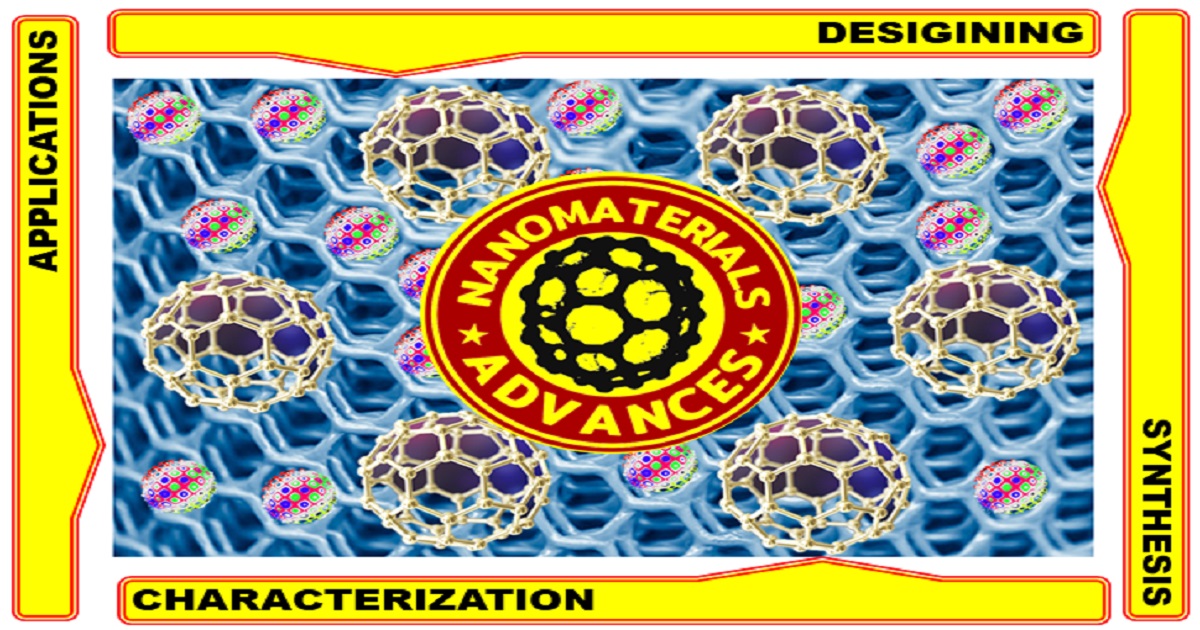Advances in Nanomaterials’ Formation, Characterization and Applications
A special issue of Materials (ISSN 1996-1944). This special issue belongs to the section "Advanced Nanomaterials and Nanotechnology".
Deadline for manuscript submissions: closed (10 October 2023) | Viewed by 1332

Special Issue Editors
Interests: natural products; plant-extracts-based green synthesis of nanomaterials; metallic NPs and graphene-based materials and their diverse applications
Special Issues, Collections and Topics in MDPI journals
Interests: natural products; plant-extracts-based green synthesis of nanomaterials; metallic NPs and graphene-based materials and their diverse applications
Special Issues, Collections and Topics in MDPI journals
Interests: catalysis; nanomaterials; material chemistry; graphene based nanocatalysts; mixed metal oxide; renewable energy
Special Issues, Collections and Topics in MDPI journals
Interests: natural products; plant-extracts-based green synthesis of nanomaterials; metallic NPs and graphene-based materials and their diverse applications
Special Issues, Collections and Topics in MDPI journals
Special Issue Information
Dear Colleagues,
The human quest for knowledge in the smaller than the smallest dimensions of length has laid the foundation of nanotechnology which deals with the synthesis, characterization and applications of nano-size materials ranging from 1 to 100 nm. Recent advancements in this field have resulted in the development of a variety of applied nanomaterials and novel technologies which have attracted billions of dollars of investment. Particularly, the astonishing changes in the physicochemical properties and distinct enhancement in the surface reactivity of materials in the nano-regime have fascinated scientists and researchers across several fields including material science. Besides, several diverse nanomaterials have gained immense popularity in different fields including molecular biology, physics, organic and inorganic chemistry, medicine, etc. Indeed, nanomaterials have become an integral part of both basic, applied and advance sciences that have also been combined with various functional materials to obtain nanocomposite which delivers enhanced properties then their single counterparts. Till date different types of atomic and/or molecular structures have been transformed into functional nanomaterials including inorganic metals and metal oxides, organic compounds like dendrimers, polymers, etc., and other biomolecules like liposomes, etc. These nanomaterials have been applied for a variety of applications including catalysis, imaging, drug delivery, agricultural, biotechnological applications and so on. The formation of novel nanomaterials is mainly dependent on the type of synthetic method which is essential for the design and synthesis of desired shapes, dimensions and size of nanomaterials. Moreover, the composition, architecture, facet, size and dimensionality also determine the properties and functionalities of nanomaterials. Despite of the realization of abundant synthetic routes for the preparation of nanomaterials, it is still challenging to achieve cost-effective and large synthesis of advance functional nanomaterials with novel properties. Therefore, in this Special Issue about ‘’Advances in Nanomaterials’ Formation, Characterization and Applications’’, we invite the submissions of original research and review articles covering latest innovation in the designing and realization of advance nanomaterials for diverse applications. Particularly, we are more interested in the research on the development of novel synthetic approaches for the preparation of innovative nanomaterial with novel structures and/or reconfigurable functional materials. Additionally, development of nanomaterials and nanocomposites using sustainable and green approaches will also be of great interest.
Topics to be covered include (but are not limited to)
- Design and synthesis of nanomaterials and nanocomposites using diverse approaches
- Investigation on the relations between the nature, size, shape, architecture of nanostructures and their physicochemical properties
- Characterization of nanomaterials and nanocomposites using advance techniques
- Exploring the fundamental aspects of physical and chemical properties of nanomaterials and their composites
- Theoretical simulation and computational modelling to explore fundamental understanding, prediction, and design of nanomaterials and nanocomposites
- Nanomaterials and nanocomposites based device fabrications and their multifunctional advance applications including catalytical, biological, medicinal, sensing and so on.
Dr. Merajuddin Khan
Dr. Mujeeb Khan
Dr. Mohammed Rafi Shaik
Dr. Syed Farooq Adil
Guest Editors
Manuscript Submission Information
Manuscripts should be submitted online at www.mdpi.com by registering and logging in to this website. Once you are registered, click here to go to the submission form. Manuscripts can be submitted until the deadline. All submissions that pass pre-check are peer-reviewed. Accepted papers will be published continuously in the journal (as soon as accepted) and will be listed together on the special issue website. Research articles, review articles as well as short communications are invited. For planned papers, a title and short abstract (about 100 words) can be sent to the Editorial Office for announcement on this website.
Submitted manuscripts should not have been published previously, nor be under consideration for publication elsewhere (except conference proceedings papers). All manuscripts are thoroughly refereed through a single-blind peer-review process. A guide for authors and other relevant information for submission of manuscripts is available on the Instructions for Authors page. Materials is an international peer-reviewed open access semimonthly journal published by MDPI.
Please visit the Instructions for Authors page before submitting a manuscript. The Article Processing Charge (APC) for publication in this open access journal is 2600 CHF (Swiss Francs). Submitted papers should be well formatted and use good English. Authors may use MDPI's English editing service prior to publication or during author revisions.
Keywords
- nanotechnology
- nanomaterials
- nanocomposites
- synthetic methods
- advanced applications









